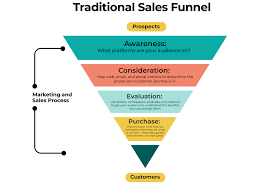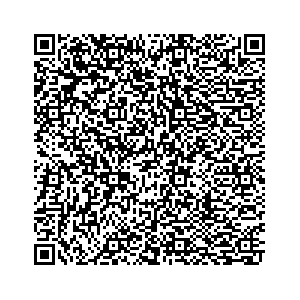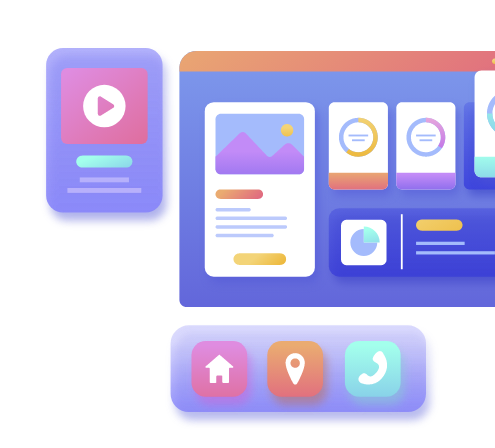A weekly series of 5 Questions Startups and Small Businesses should be asking early on!
Episode 1:
Is the Product Lead Growth Flywheel replacing the traditional Sales Funnel for startups and tech companies looking to scale?
The Product-Led Growth (PLG) flywheel and the traditional sales funnel are two different frameworks for driving customer acquisition and growth. The truth is that companies should be looking at both strategies as early as possible in the companies growth. Technology sales have changed, consumers have matured, and expectations of value are higher than ever. Consumers expect minimal adoption time to value (TTV), personalized user experience and clear and competitive pricing. Although a longer transition for an established company, it’s not just startups that should be adopting PLG principles, mature companies should be constantly reinventing themselves and adopting a hybrid approach along the way.
The Sales Funnel:
The sales funnel is a traditional model that represents the customer journey from awareness to purchase. It typically includes stages such as awareness, interest, consideration, intent, and finally, the purchase.
Sales funnels are often associated with a company’s sales and marketing efforts. The focus is on filling the top of the funnel and driving prospects through the various stages of the cycle, with sales teams actively leading engagement with potential customers to guide them towards making a purchase.
The Product-Led Growth (PLG) Flywheel:


PLG is a modern approach that started to gain traction around 2018. PLG emphasizes the product itself as the primary driver of customer acquisition, conversion, and retention.
Instead of relying heavily on traditional sales and marketing, PLG leverages the product’s value to attract, engage, and retain users. The idea is to create a self-sustaining loop where the product not only attracts new users but also encourages existing users to invite others and buy more options.
The PLG flywheel typically consists of three main stages: acquisition, activation, and expansion. Happy and satisfied users become advocates, leading to organic growth as they refer others to the product.
Is there a Relationship between the PLG Flywheel and Sales Funnel?
While PLG and the traditional sales funnel have different emphases, they can coexist within a company’s overall growth strategy and often a hybrid approach acts as the bridging mechanism between the old and the new.
In some cases, companies may incorporate PLG principles into their existing sales funnel. For example, they might use a freemium model or gated usage ramps to attract users, allowing them to experience the product before making a purchase decision. In other cases, especially in SaaS (Software as a Service) businesses, the PLG approach may gradually replace or significantly complement the traditional sales funnel, particularly for products that are well-suited to a self-service model.
The Product-Led Growth flywheel and the traditional Sales Funnel serve different purposes, but they can complement each other based on the nature of the product and the business strategy. The approach a company takes depends on its specific goals, target audience, and the nature of its product or service. But whatever the decision is there has to be frank discussion and awareness of the options available and applicable.
In the words of the great Jack Reacher – “…details matter…”
If you have a Topic you think “..every small business should be asking early on…” please leave your idea’s below!!


